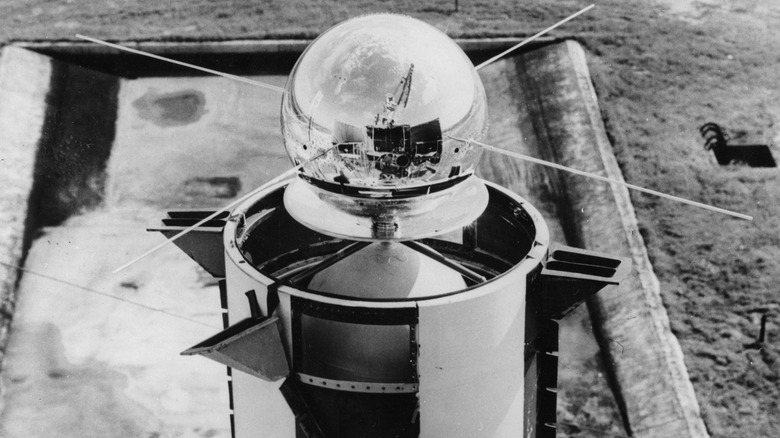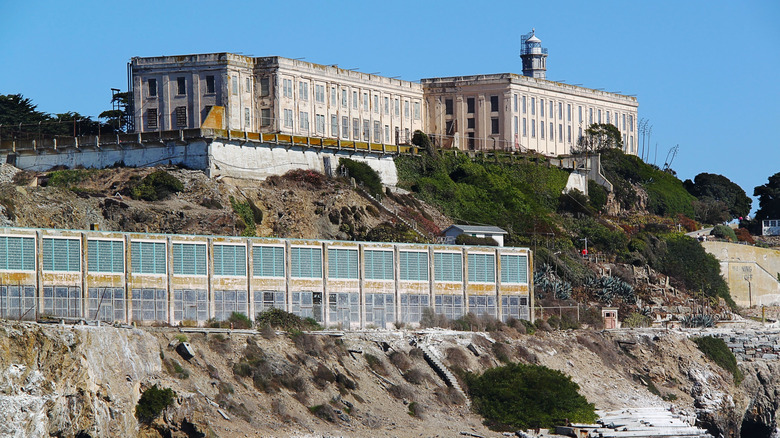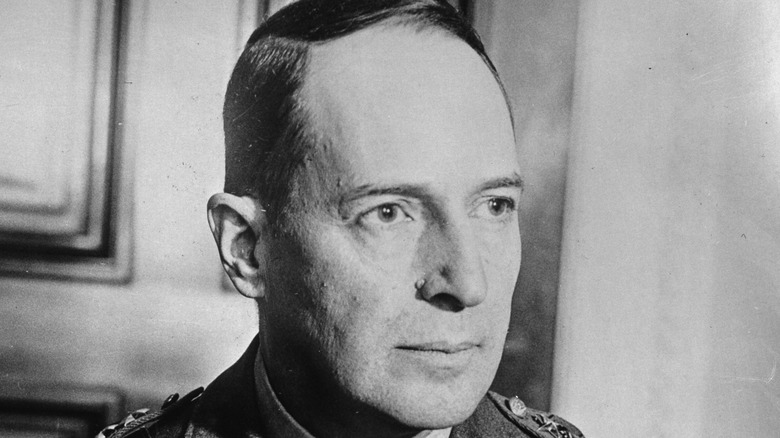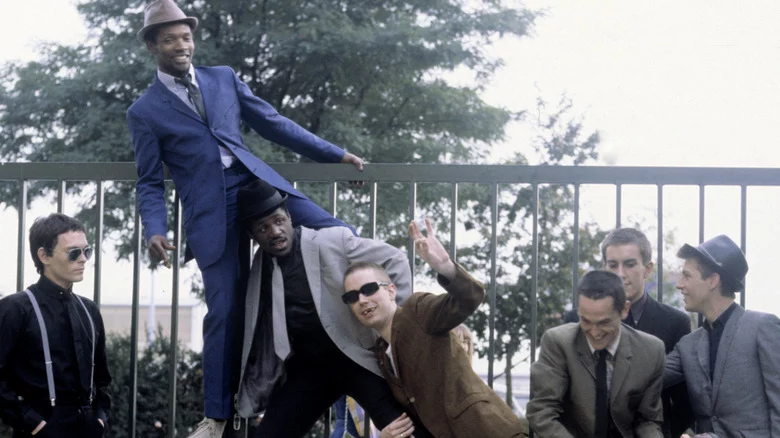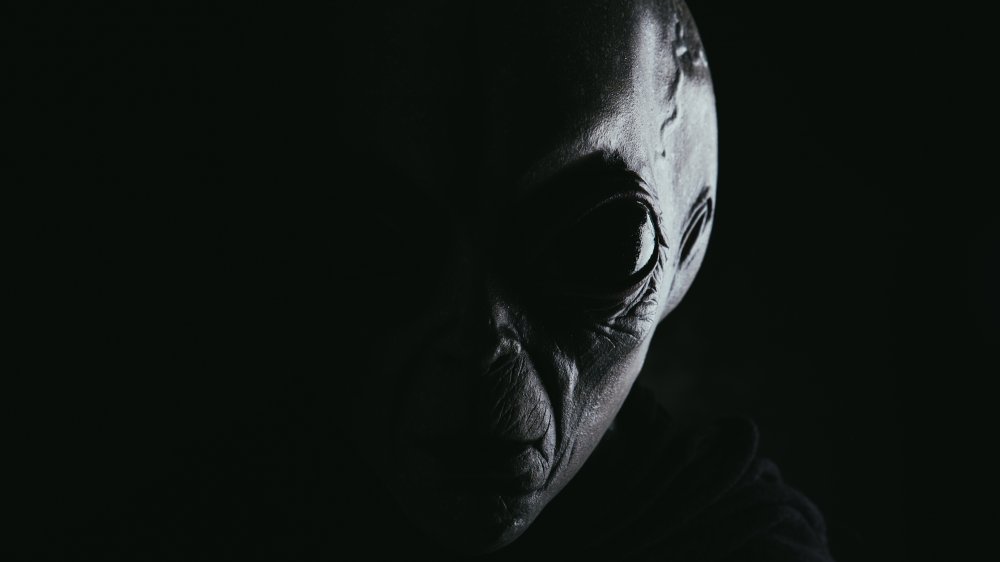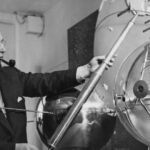
The Dark Truth About America’s First Attempted Satellite Launch
The space race of the 1950s and ’60s pitted two of the world’s superpowers, the United States and the Soviet Union, in an intellectual and astronomical competition right at the height of the Cold War. The USSR made the original “giant leap” with the successful launch of the Sputnik satellite, and two months later, the United States had their own response (via TIME). A launch pad was erected on Cape Canaveral that would host the Vanguard TV3, democracy’s answer to Sputnik. The cameras were rolling, the world was waiting, and the rocket was launched — for about 4 feet.
Very few remember the satellite as “Vanguard TV3.” Names like “Kaputnik,” “Flopnik,” and “Dudnik” filled the reports on the 1957 launch that sent the media and public into a frenzy, having been so thoroughly embarrassed by the Soviets who had clearly taken the early lead. The rocket, which lost thrust almost immediately after takeoff and exploded, brought intense scrutiny and criticism to the American government until they successfully launched a satellite the following year, after founding NASA.
The Vanguard failure led to the creation of NASA
According to NASA, the United States was funding two separate projects to get a satellite in orbit, following the Soviet success with the Sputnik program that sent both a satellite and a dog into orbit. The first was the civilian-led National Academy of Sciences, responsible for Project Vanguard, and the other a joint collaboration between the Jet Propulsion Laboratory and U.S. Army Ballistic Missile Agency. Demonstrated by the humiliating launch of TV3, the rival projects were cutting into scarce resources, which led to the establishment of a single civilian space agency, the National Aeronautics and Space Administration.
The move proved its value very quickly. By March 1958, NASA was able to put Vanguard 1 into orbit. Though pretty much identical to its doomed predecessor, the superior funds and research of the new space program allowed for a much smoother launch that made contributions to science beyond the space race, being the first satellite to determine that Earth is not a perfect sphere. It still orbits our planet today. It is nonfunctional but still the oldest surviving artificial satellite in orbit, a far better fate than its infamous brother.

How Benjamin Franklin's Career Got A Boost From His Brother Being Jailed

Deadliest Terrorist Attacks In History
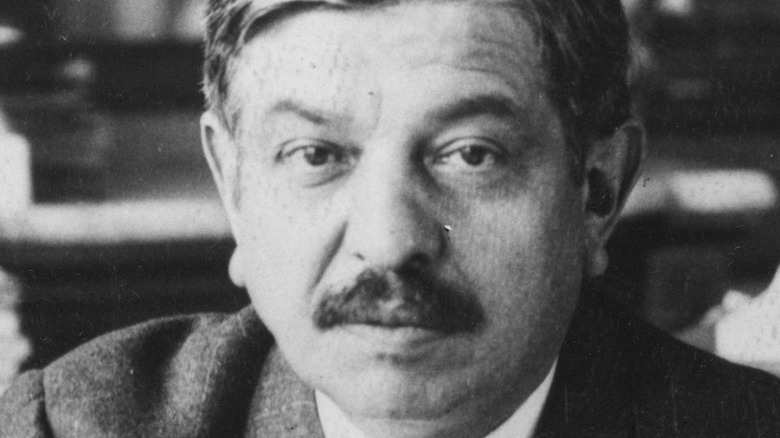
Why Pierre Laval Is Considered A Historical Traitor
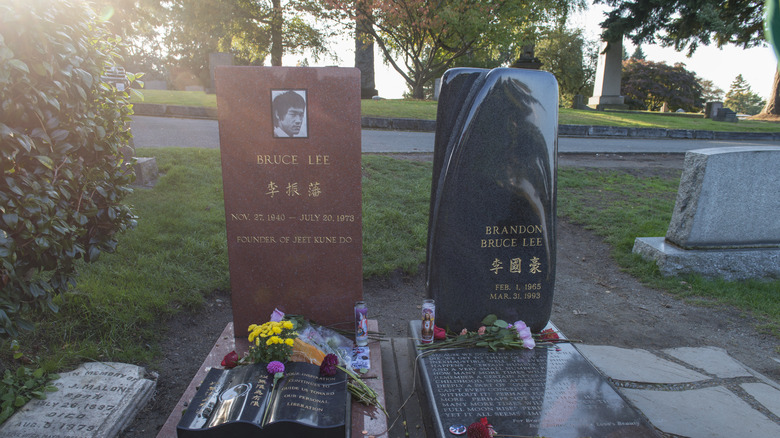
The Disturbing Facts Discovered In Brandon Lee's Autopsy Report

The Sad Truth About What Happened To Walt Disney's First Studio

The Disturbing Discovery Made 100 Years After The Tulsa Race Massacre
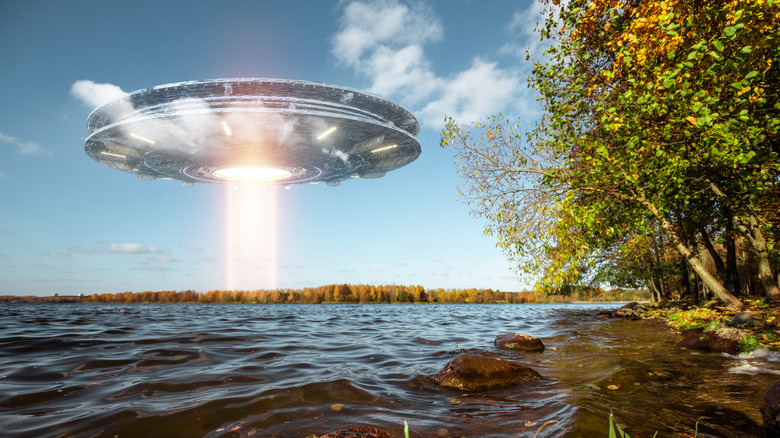
The US Government's Secret Plan To Build A Flying Saucer Explained
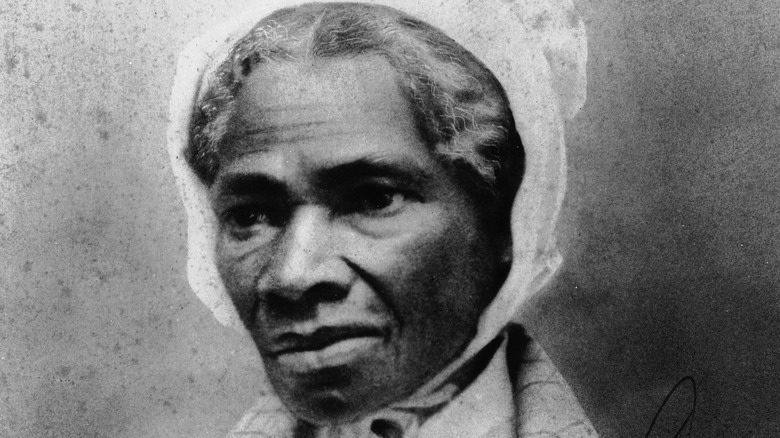
Details You Should Know About Sojourner Truth

The Truth About Serial Killer Bobby Joe Long's Death
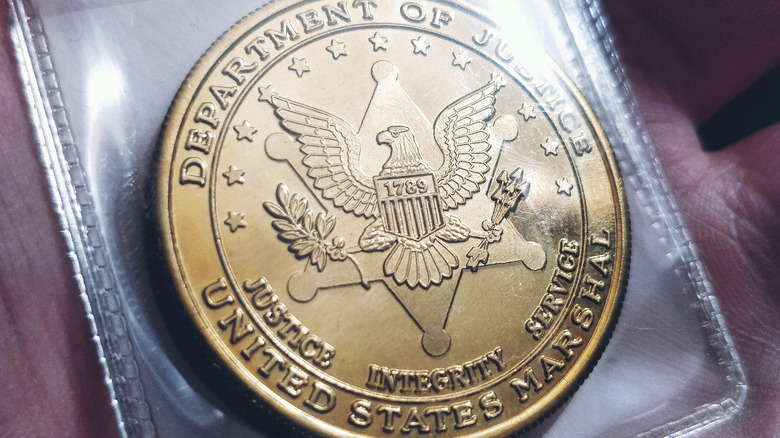
The Incredible Danger U.S. Marshals In The Wild West Faced
